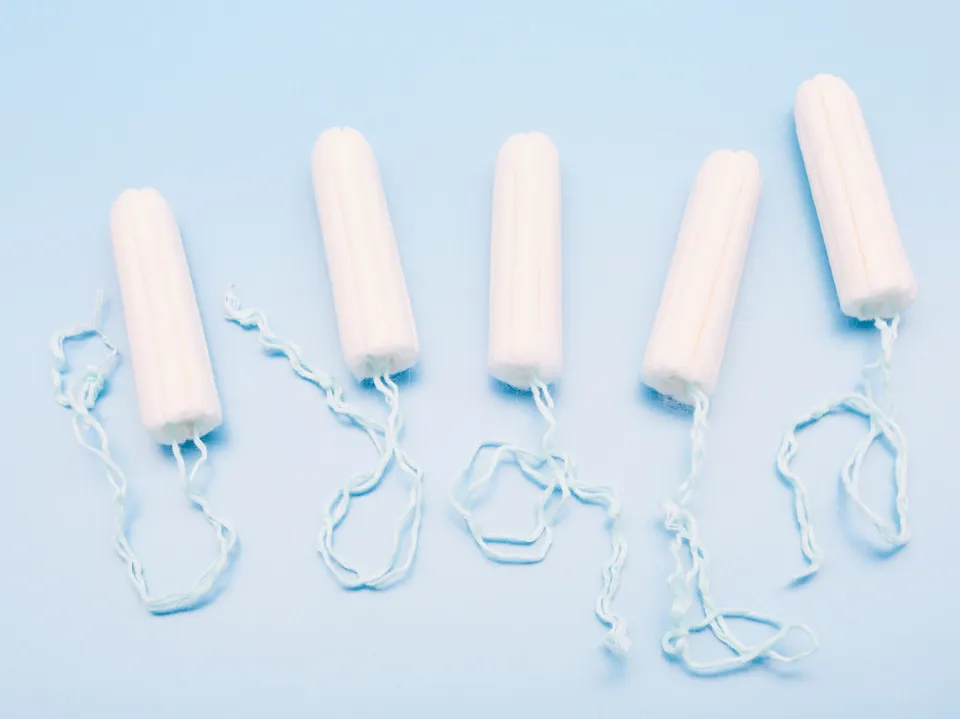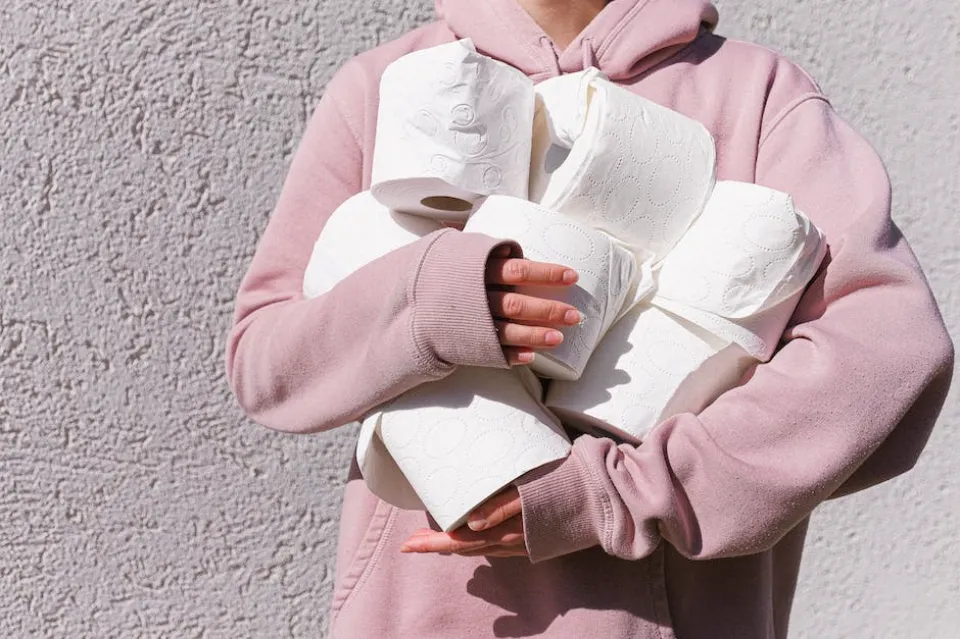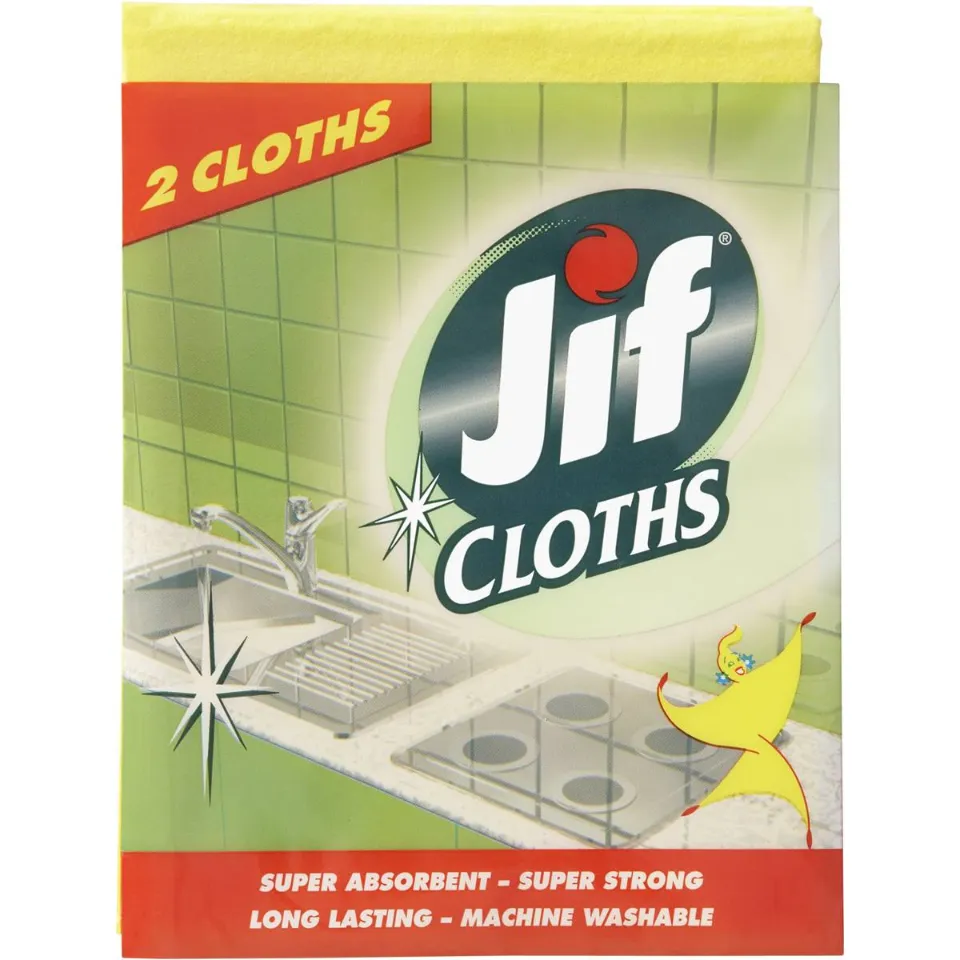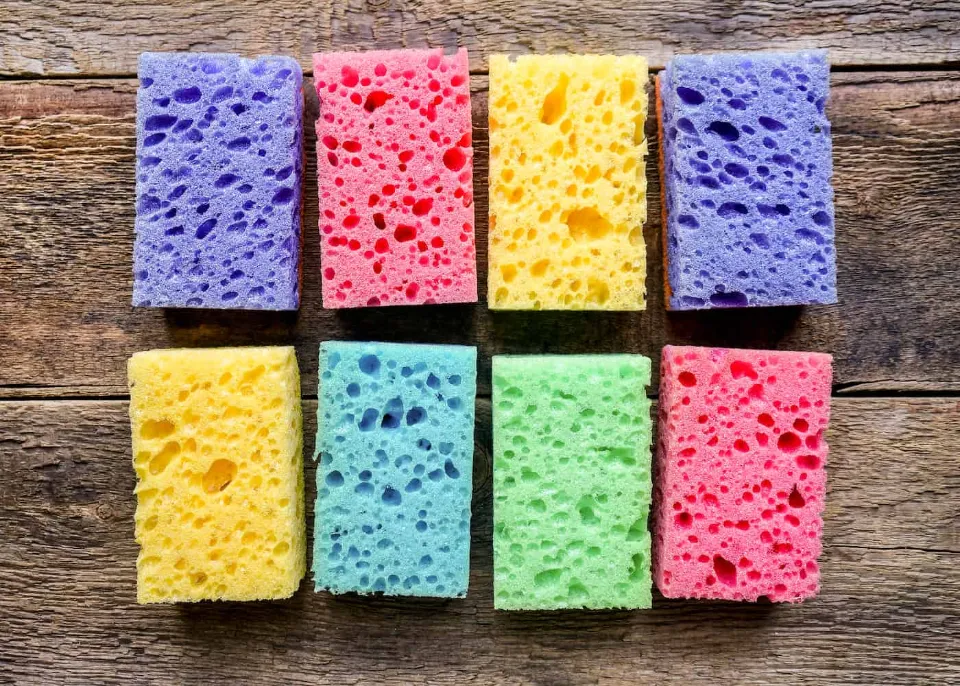
How to Make a Tampon – Is It Safe to Use Homemade Tampons
This situation has happened to all of us before. Any fellow girlfriend in need could count on my assistance. Imagine a friend, acquaintance, or even a complete stranger approaching you and requesting a pad or tampon.
We are all too happy to be able to assist another because we understand what it’s like to need one. When I was prompted but had nothing to offer, I actually felt really bad. If you don’t have anyone you can ask, there are still other options.
The risk of infection would be much higher if you made your own tampons at home than if you used store-bought ones, so be aware of that.
How to DIY Tampons?
I came up with four items that, in theory, ought to function as a homemade tampon. Nevertheless, no website claimed that they should not be used as tampons either. But first, let me say that this article is meant to be a cautionary tale rather than a how-to manual.
Toilet Paper

The age-old tip of wrapping some toilet paper around your underwear to use as a pad when needed on the go is well known. Although it isn’t the most comfortable, it works. But what about a real tampon? Toilet paper works great as liners or replacements for pads. It was carefully rolled to resemble some sort of tampon after receiving about two squares of the finest Purex 3-ply.
This wasn’t as uncomfortable as some of the other options, but my vagina could sense something wasn’t right. Given the weak structural integrity of two squares, the insertion was challenging. I could still move around and go about my daily activities. It had a greater capacity for blood absorption than the others. However, getting rid of it was the real problem. I believe there are still small pieces stuck up there because toilet paper is known to easily disintegrate. That being said, of all the improvised tampons I made, this was probably the best. It did its job fairly well, but a pad would be far more useful.
Jif Cloth

The mighty Jif cloth, a stronger alternative to toilet paper, has helped clean up numerous spills. However, will it suffice to clean up the period of blood spill? The reusability of Jif clothes is what stands out the most. The fact that pads and tampons can only be used once before being discarded, this is a major problem with period sanitary products. However, a Jif cloth is simple to clean in boiling water and can be used again somewhat like a menstrual cup.
The most difficult part was inserting it because it didn’t hold and maintain its shape like a typical tampon. But with some persistence, we managed to arrive. My body immediately disliked it after I put it in. It was difficult to move without it falling out as I started to experience cramps and discomfort in my abdomen. I persevered for about three minutes before saying enough was enough. It did succeed in catching some blood, and after a thorough rinse, it did escape. Once I took it out, I began to feel a little queasy and headachy, which was made worse by some frantic Googling about whether or not I gave myself TSS. Even though the Jif cloth can be reused, this does not make up for how uncomfortable it is to use as a tampon. Do not attempt this at home, please.
Sponge

I got chills at the idea of using a sponge as a tampon in my vagina. My uterus shuddered as I imagined accidentally placing some of the scouring side there. I then made the decision to wash the sponge thoroughly and stuff it inside my underwear to use as a pad. Having a whole sponge in my underwear felt like I was sitting on Spongebob’s face, so in retrospect, I should have definitely cut a small piece off to use.
At first glance, it appears to be quite comfortable. It has the sensation of a tiny airbed for my coochie. But with most pads, you feel like you’re wearing a bulky diaper, which is a problem. It eventually became less comfortable as the air bubbles intensified their harsh scratching. Given that walking wasn’t a particularly comfortable experience, I felt more immobile than with the other solutions. I left the sponge pad in for about 30 minutes, and it worked fairly well. Little blood leaked out, and the sponge effectively absorbed most of it. Furthermore, it could be cleaned up quickly and easily, allowing for multiple uses.
Conclusion
I urge you to buy some tampons from the store rather than making your own at home. You are not an expert at making tampons, and we’re talking about the inside of your body.
FAQs
What Can I Use If I Don’t Have a Tampon?
Menstrual cups, discs, period underwear, menstrual sea sponges, and reusable cloth pads are all alternatives to tampons.
Can I Use Tissue as a Tampon?
Using tissue paper while menstruating is not recommended.
What is a Natural Tampon?
Tampons made of organic cotton are free of bleach, dyes, and other chemicals. Purified cotton and rayon fibers are two of the common materials used to make regular tampons. The synthetic fiber rayon, which is made from wood pulp, is well known for being absorbent




Average Rating